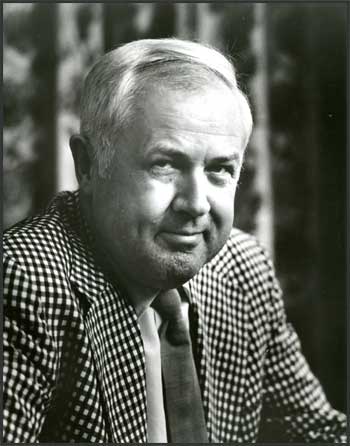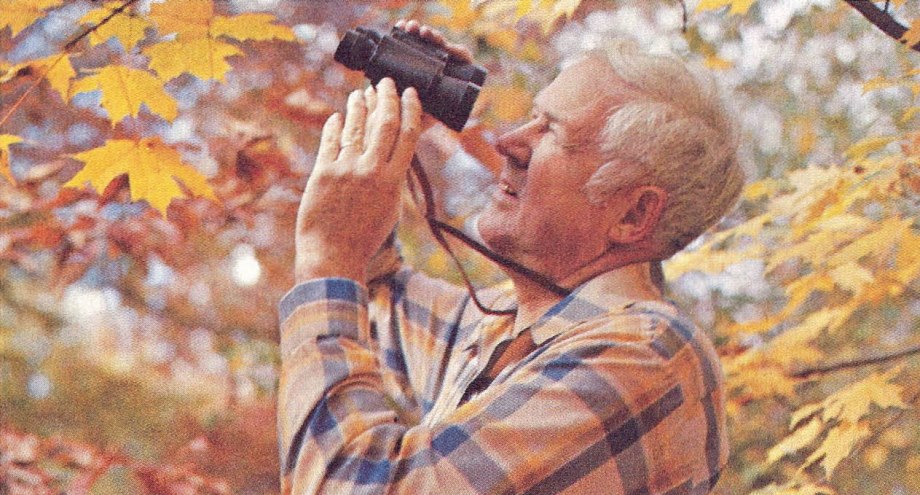
Charley Harper (–) had an alternative way of looking at nature. His serigraphs were large expanses of rich color, which gave the viewer a very different perspective on the animal kingdom. A conservationist as well as an artist, Harper revealed the unique aspects of his wildlife subjects through highly stylized geometric reduction. Harper said he was the only wildlife artist who has never been compared to Audubon
, yet his wildlife art was just as instructive—the only difference was that Harper laced his lessons with humor. Harper believed that humor made it easier to encourage changes in our attitudes and awareness of environmental concerns.
There was a rare and delightful playfulness in Harper’s artwork. There was also graphic genius. Harper said, When I look at a wildlife or nature subject, I don’t see feathers, fur, scapulars or tail coverts—none of that. I see exciting shapes, color combinations, patterns, textures, fascinating behavior and endless possibilities for making interesting pictures. I regard the picture as an ecosystem in which all the elements are interrelated, interdependent, perfectly balanced, without trimming or unutilized parts; and herein lies the lure of painting: In a world of chaos, the picture is one small rectangle in which the artist can create an ordered universe.
Reared on a West Virginia farm, Harper developed an early appreciation and love of animals as well as design. He attended West Virginia Wesleyan College and graduated from the Cincinnati Art Academy, where he also taught for many years. Gradually, Harper began to lose his interest in realism. I felt shackled by the laws of perspective and shading and decided that the constant attempt to create the illusion of three dimensions on the two-dimensional plane of the picture was limiting me as an artist. Realistic painting persuades the viewer that he is looking into space rather than at a flat surface. It denies the picture plane, which I affirm and use as an element of design. Wildlife art has been dominated by realism, but I have chosen to do it differently because I think flat, hard-edge and simple.
In his artwork, Harper imaginatively investigated the similarities between human and wild animal behaviors, but completely without anthropomorphism. I learn as much as I can about the creatures that interest me, and they all do. I observe them and find out how they interact with each other and their environments and ask myself,
What if?

